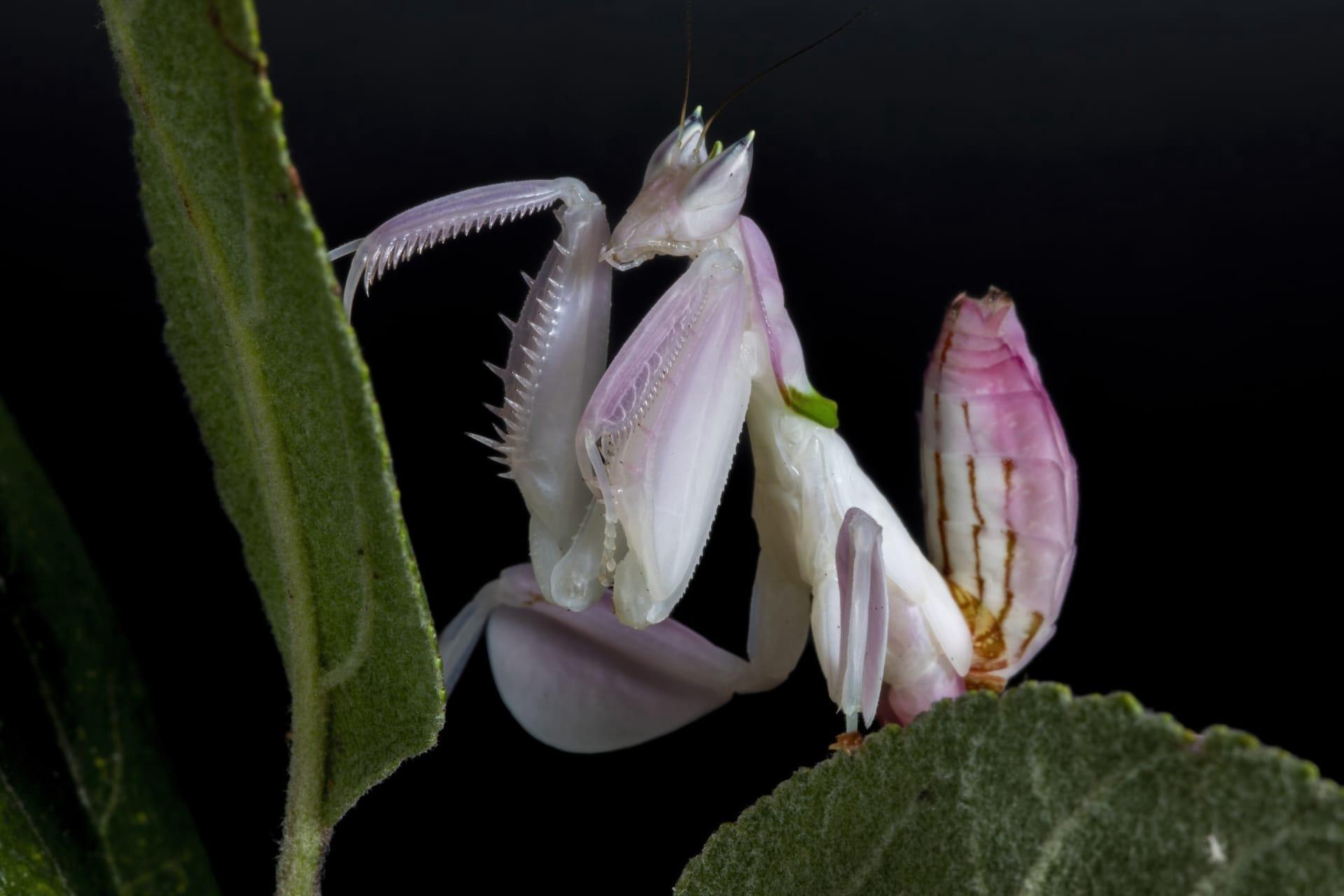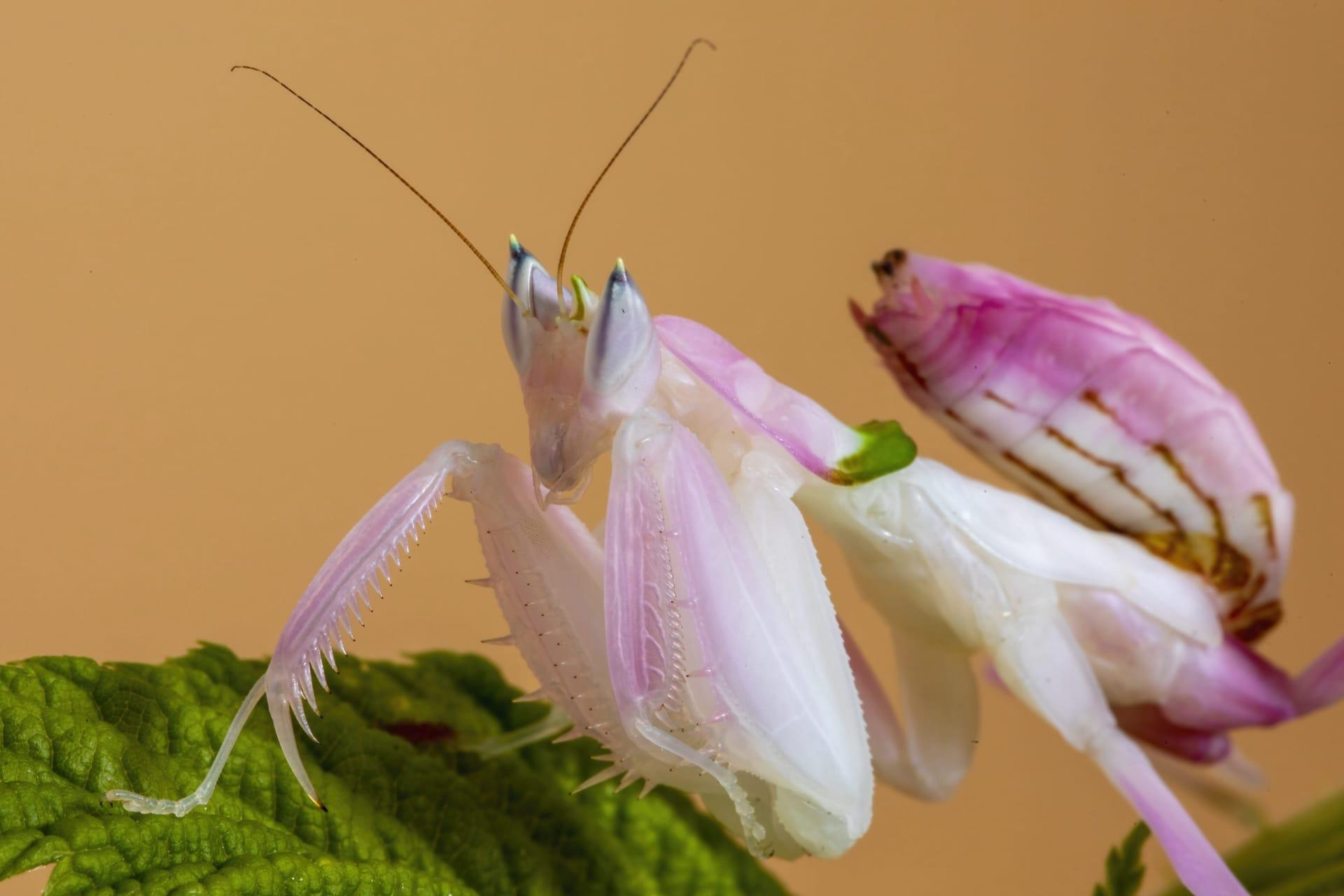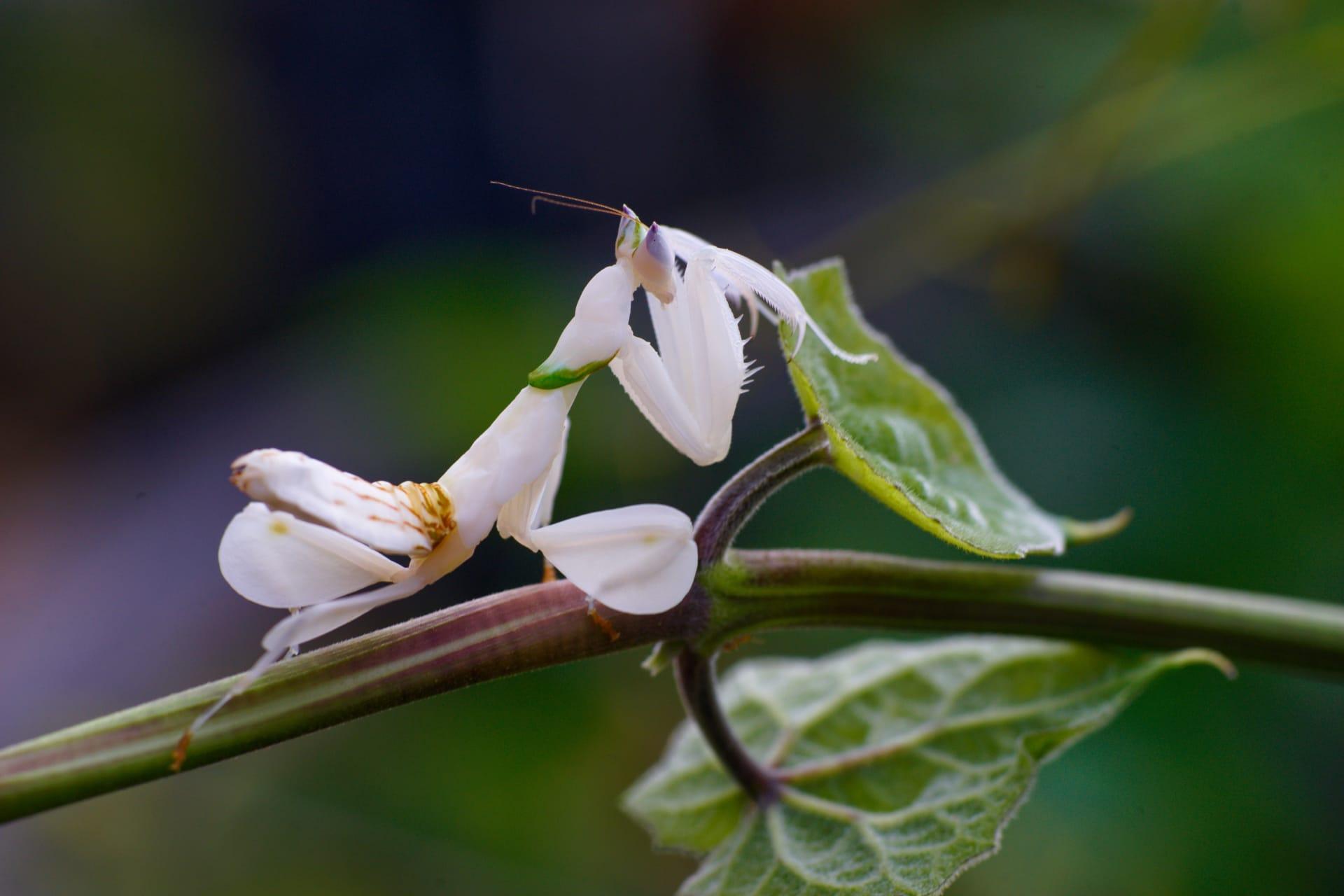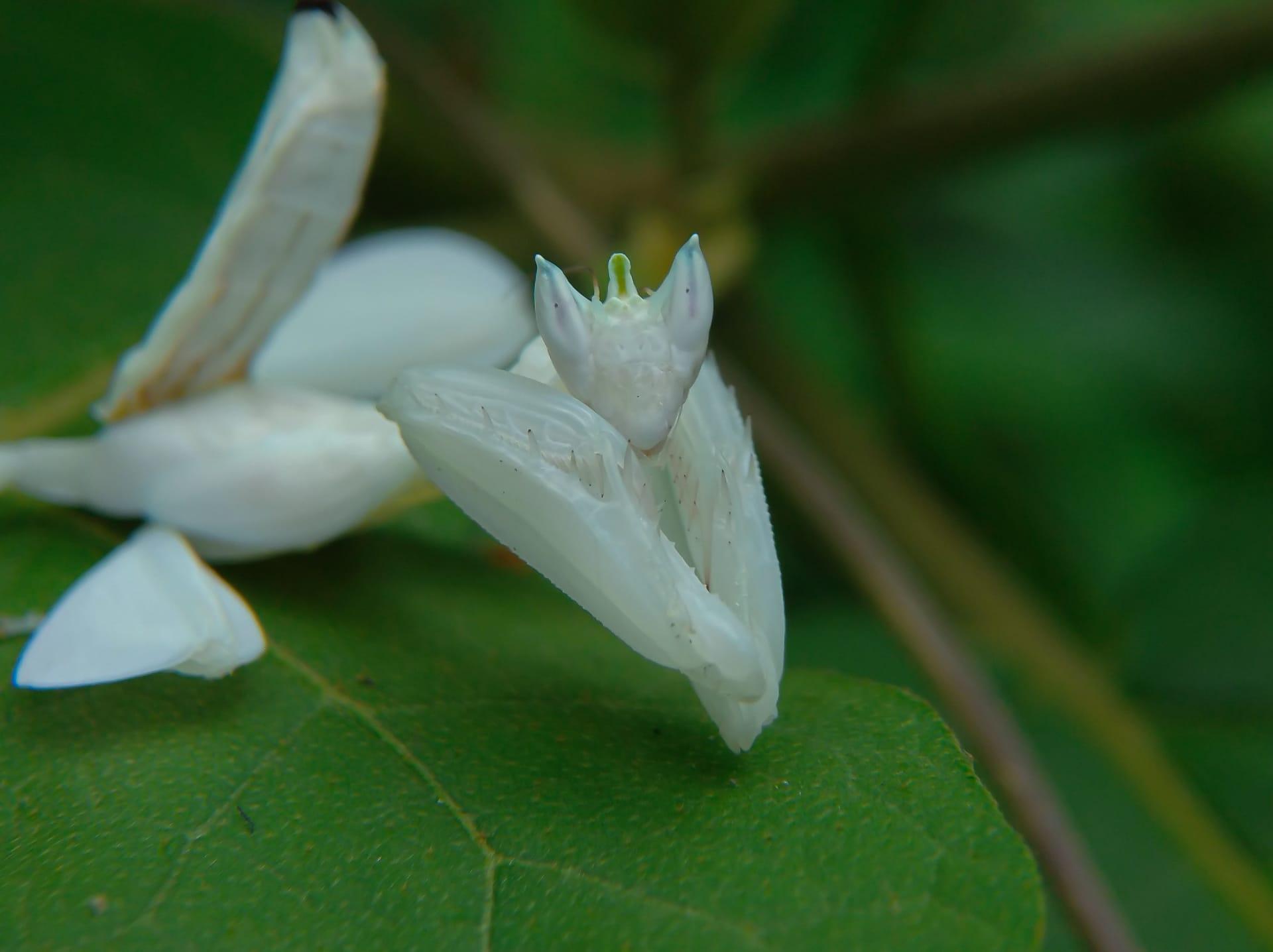Orchid Mantis Characteristics
- Home /
- Mini Encyclopedia /
- Animal /
- Orchid Mantis Characteristics
1
The Orchid Mantis, known scientifically as Hymenopus coronatus, is a remarkable insect admired for its unique physical characteristics. Adult females typically grow to about 2.5 to 3 inches (6 to 7.5 cm) in length, while males are smaller, reaching only about 1 inch (2.5 cm). Their life span, in the wild, is about 8 months, though this can extend up to a year in captivity with proper care.
The most distinctive organ of the Orchid Mantis is its brilliantly colored and shaped forelegs. Resembling the petals of orchids, these legs are not only a marvel of natural mimicry but also a crucial tool for survival. The mantis uses these petal-like legs for camouflage, blending seamlessly into its surroundings. This camouflage is not just for protection; it's also a predatory strategy, allowing the mantis to ambush unsuspecting prey that mistakes it for a flower.

2
Question: "What do Orchid Mantises eat and how do they catch their prey?"
Answer: Orchid Mantises primarily feed on small insects like flies, moths, and occasionally larger prey like small lizards or frogs. Their hunting technique is as unique as their appearance. Using their flower-like camouflage, they remain still and wait for their prey to approach, mistaking them for actual flowers. Once in range, they strike swiftly with their powerful forelegs, grabbing and holding their prey with a vice-like grip before consuming it.

3
Movement in Orchid Mantises is characterized by a blend of stealth and sudden, swift action. When not hunting, they move slowly and deliberately, maintaining their floral disguise. Their movements are smooth and calculated, designed to mimic the swaying of a flower in the breeze, which further aids in their camouflage.
In terms of feeding habits, these mantises are ambush predators. They don't chase down their prey but rather wait patiently for it to come close. When an insect ventures near, mistaking the mantis for a flower, the Orchid Mantis strikes with astonishing speed. Their strong mandibles are capable of delivering a quick and fatal bite to their prey, which is then consumed meticulously.

4
Orchid Mantises thrive in humid, tropical environments where their floral mimicry can be most effective. They are commonly found in the rainforests of Southeast Asia, including Malaysia, Indonesia, and Thailand. These environments provide the perfect backdrop for their camouflage, with an abundance of flowers and insects.
Reproduction in Orchid Mantises is a risky affair, particularly for the males. After mating, females often engage in sexual cannibalism, consuming the male. This behavior is thought to provide nutritional benefits to the female, aiding in the development of her eggs. The female lays egg cases known as oothecae, which can contain up to several hundred eggs. These are attached to tree branches and take several weeks to hatch.

5
Book: "Masters of Disguise: The World of Mantises" by Dr. Jane H. Smith (USA, 2017). This book provides a comprehensive overview of various mantis species, including the Orchid Mantis. Dr. Smith delves into their evolutionary history, unique adaptations, and behavior. The book is filled with vivid photographs and insightful observations, making it a fascinating read for both entomology enthusiasts and casual readers.
Book: "Insect Mimicry: The Art of Camouflage" by Prof. Alan R. Green (UK, 2019). Prof. Green's book focuses on the incredible ways in which insects, including the Orchid Mantis, mimic their environment for survival. The book covers various aspects of mimicry, from visual to behavioral, and provides a detailed analysis of the Orchid Mantis as a prime example. Illustrated with detailed images and case studies, it's an enlightening resource for understanding the complex world of insect mimicry.